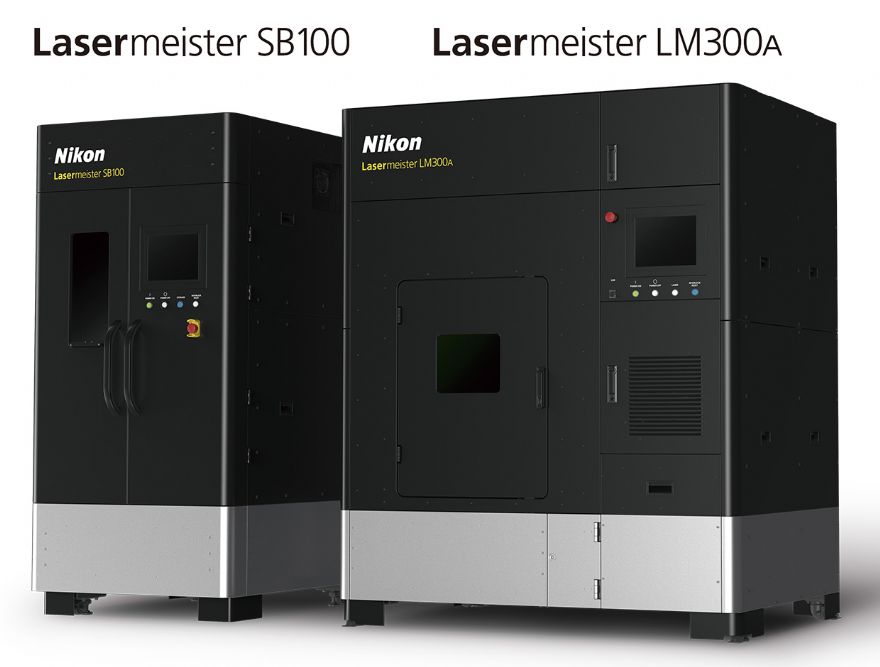Nikon, AP&C, and the University of Waterloo to collaborate
Posted on 24 Apr 2025. Edited by: Colin Granger. Read 2117 times.
 Nikon Corp
Nikon Corp has signed a sponsored research agreement with
Advanced Powders and Coatings Inc (AP&C) and the
University of Waterloo, in Canada; it focuses on innovative repair capabilities for high-value aerospace components using titanium alloys and Nikon’s laser ‘direct energy deposition’ (DED) metal additive manufacturing (AM) system. This comprises a ‘Lasermeister LM300A’ and a ‘Lasermeister SB100’ scanning system, together with Ti-Al and Ti64 metal powders provided by AP&C. These systems will be the first of their kind to be installed in Canada and will be located at the ‘Multi-Scale Additive Manufacturing (MSAM) Laboratory’ at the University of Waterloo.
Ehsan Toyserkani, director of the MSAM Laboratory, said: “We are confident that Nikon’s repair solutions and AP&C’s metal powders offer cutting-edge answers to industry-relevant AM technology challenges. This partnership will enable us to effectively develop intellectual property and train the next generation of engineers and researchers through industry-focused R&D.”
Yuichi Shibazaki, corporate vice president of Nikon Corp and general manager of the Advanced Manufacturing Business Unit, said: “Our high-accuracy, automated repair solution provides tremendous capabilities as it combines adaptive 3-D scanning with our advanced DED metal AM system. We are already using this technology to repair industrial gas turbine components, and this programme will extend its application to other critical aerospace components to further enhance repair efficiency and reliability.”
He concluded: “This programme aims to leverage the research members’ combined expertise to push the limits of metal AM for aerospace component repair. The use of high quality titanium powders will enable optimal performance, while advanced scanning coupled with high-precision DED technology will provide customised repair to enhance parts’ safety and sustainability. In addition, the use of lighter and higher durability materials will extend components’ lifespan and reduce operating costs.”